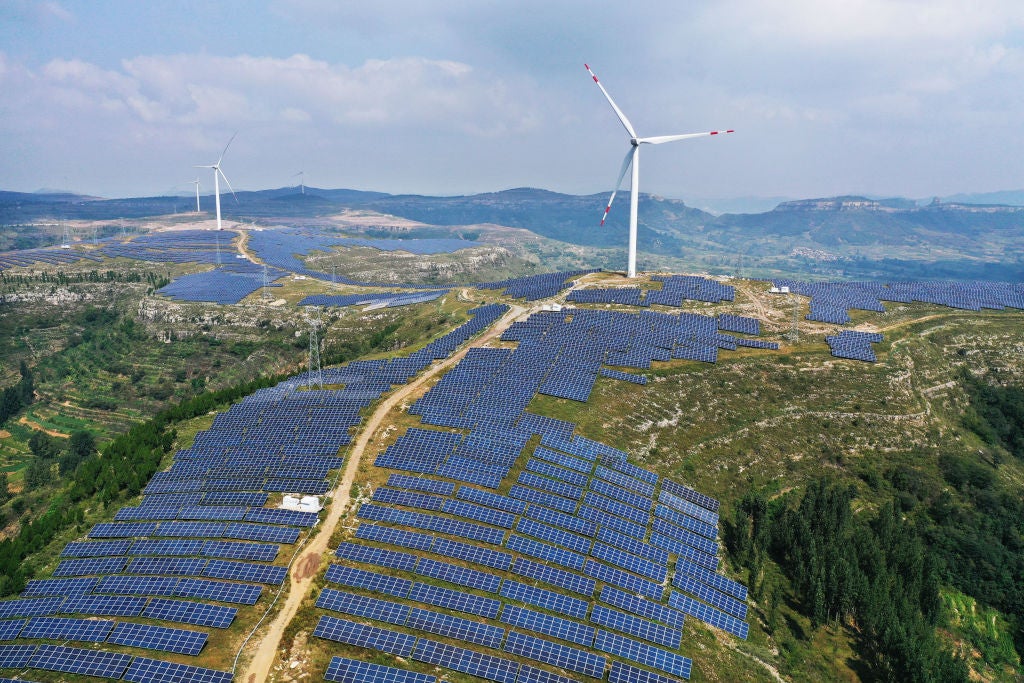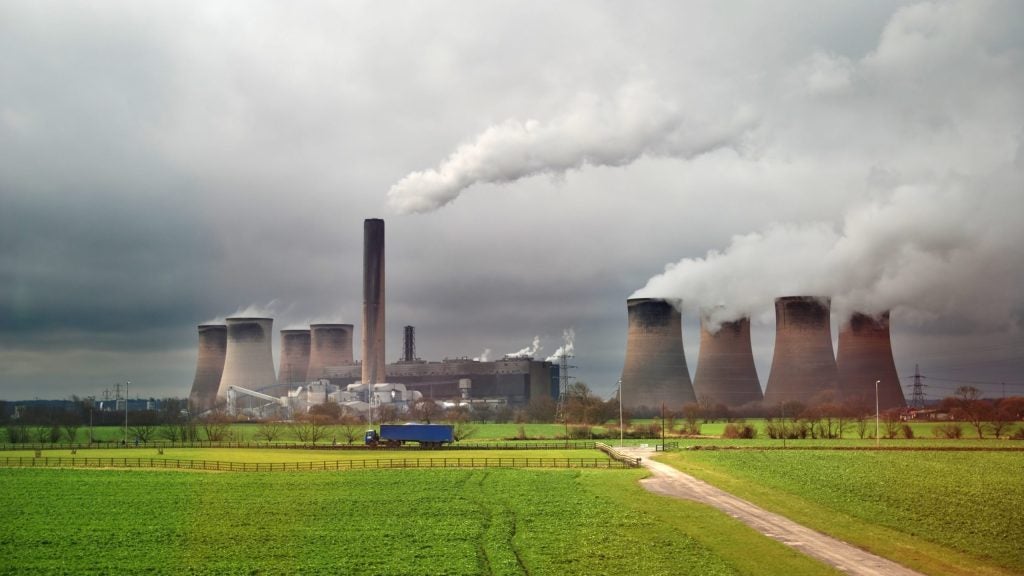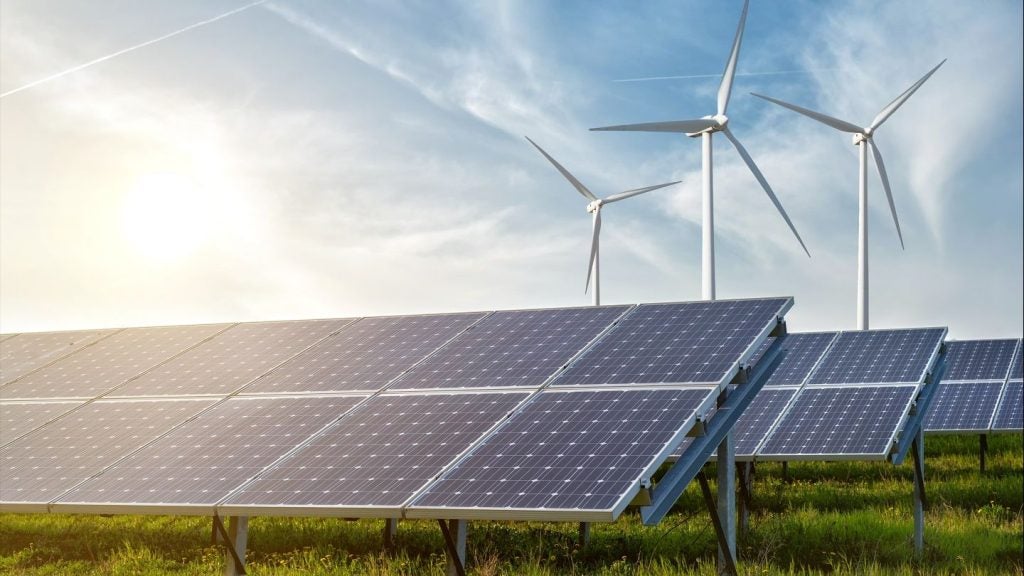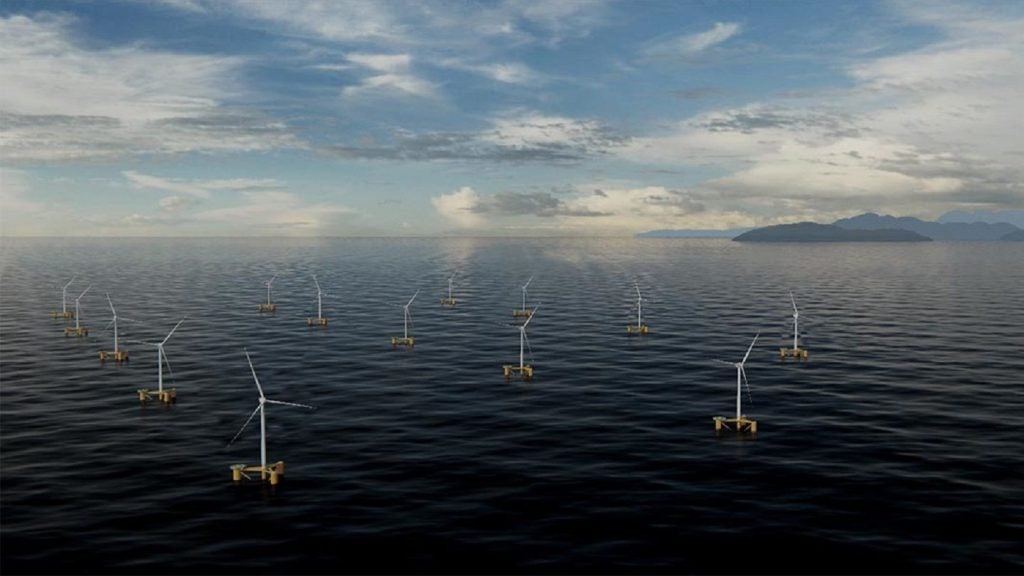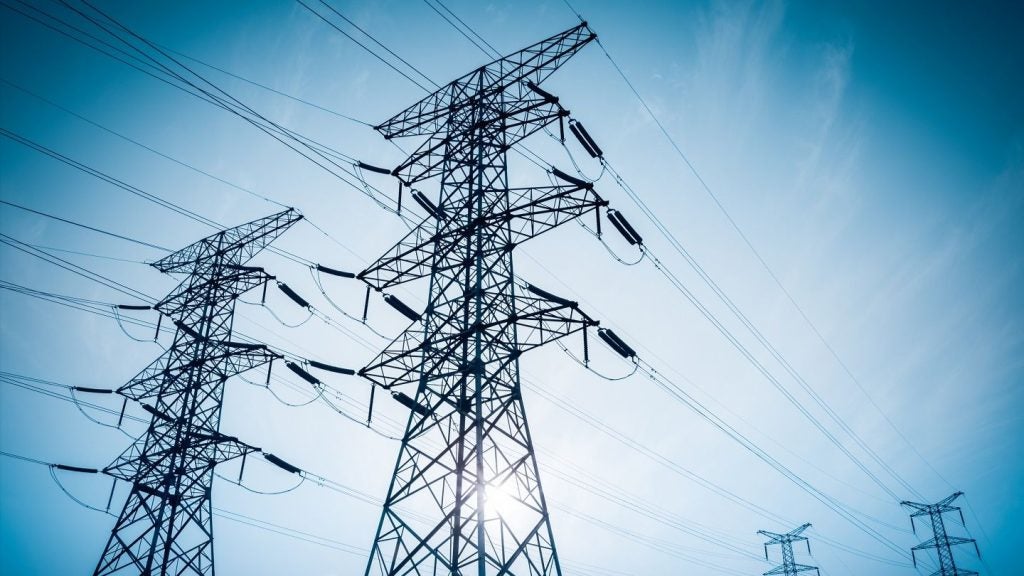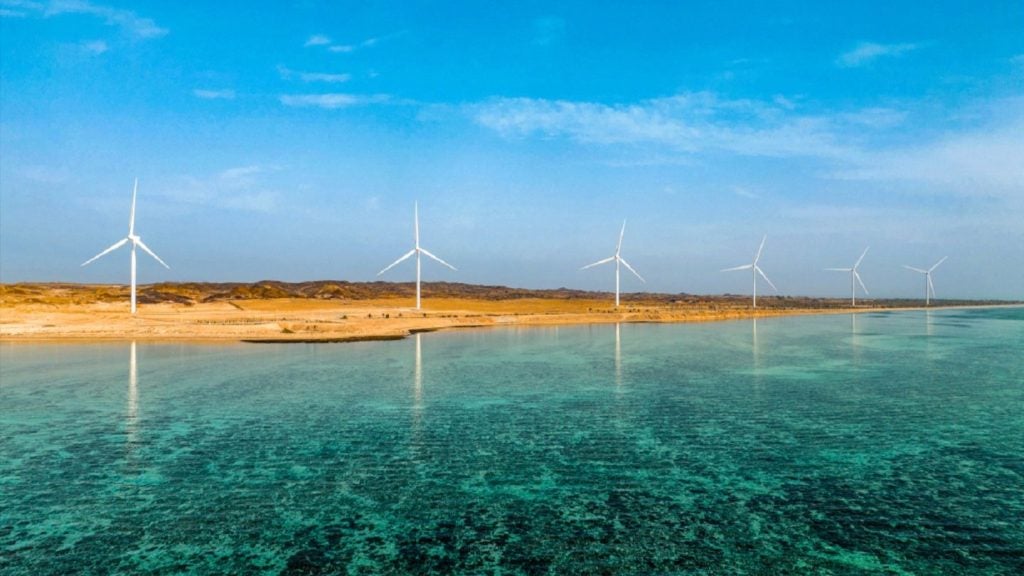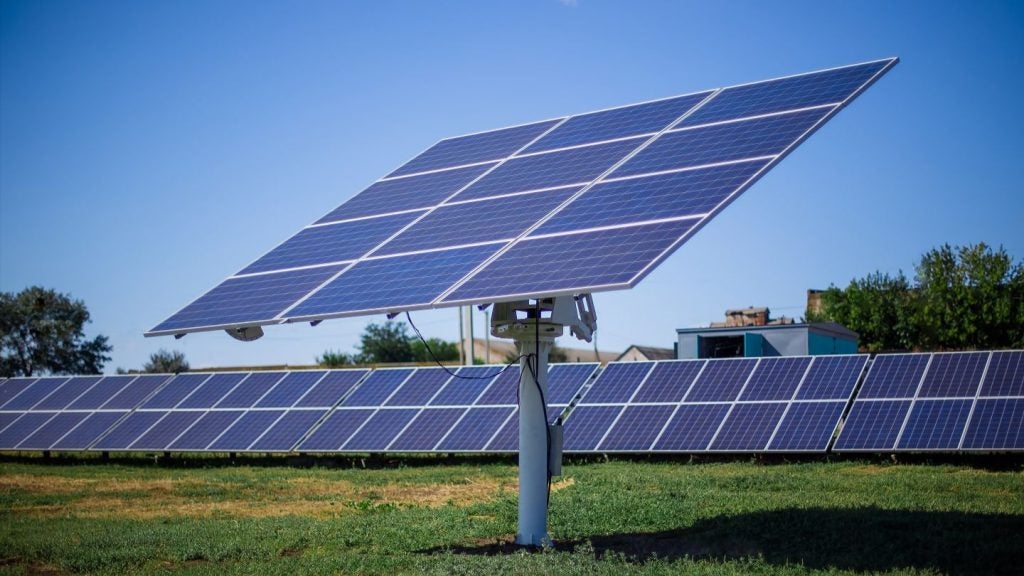Price cannibalisation is an emerging threat to the transition to zero-carbon electricity grids, as solar and wind penetrate ever further into the power mix. It is the phenomenon where variable renewables depress wholesale power prices at times of high output – thus in effect cannibalising their own success on the power market.
The prospect of cannibalisation has fuelled concerns that investment in renewables may be unable to deliver full decarbonisation of the power sector.
We have reached a point in the energy transition where this is no longer a theoretical problem. Wholesale electricity price analysis in California from 2013–17 has found significant cannibalisation effects of both solar and wind, with these effects growing as penetration increases. Recent analysis of price cannibalisation in Germany from 2015 to early 2021 also confirmed its presence in that market: more solar and wind production led to lower wholesale power prices offered to generators.
As solar races ahead of other technologies in the power mix (it was the only part of the power sector recently deemed to be “on track” for net-zero greenhouse emissions in 2050 by the International Energy Agency), there are growing concerns over what will happen in markets where rooftop solar has particularly high penetration.
However, new analysis of power system models from the Regulatory Assistance Project (RAP), an international NGO, should assuage some of the worst cannibalisation fears.
The analysis, which draws on a significant body of research looking at renewable power systems, suggests that there is no fundamental limit to integrating solar and wind into electricity grids. However, to ensure that renewables can keep being deployed, policymakers have to be smart.
As well as directly subsidising renewables on the power market – as already occurs in most places – the analysis suggests that carbon markets like the EU Emissions Trading System (ETS) must effectively price out fossil fuels. Subsidies should be applied in a hybrid manner, so that if the carbon price is sufficiently high to align with a decarbonisation trajectory, the subsidies for a given share of variable renewable energy are close to zero.
RAP says the EU ETS's steadily declining emissions cap means it is already heading in the right direction – but policymakers now need to introduce this form of hybrid subsidising.
The analysis also calls for the removal of obstacles to increased flexibility and for investment in both international interconnection and cross-sectoral integration at a more local level – such as electrification of mobility and power to heat – to be maximised.
If all of these measures – subsidies, an effectively implemented carbon price and enhanced flexibility – are deployed, then there need be no significant concern around price cannibalisation placing an absolute limit on the growth of renewables, concludes RAP.
The below chart, which is based on research from Tom Brown, an academic at the Technical University of Berlin, models five scenarios with different carbon prices (the highest carbon price would be in the scenario with "0t CO₂") in a well managed power market, as described above. The results show price duration curves that are not dramatically different, demonstrating that price cannibalisation does not negate the prospect of a renewables-dominated grid supported by a high carbon price.
“The chart doesn't paint the dramatic crash of prices that many fear cannibalisation would usher in,” explains RAP’s Bram Claeys, one of the authors of the RAP analysis.
He adds that while some are arguing for radical electricity market designs - such as by splitting the market up, or making renewables subsidies permanent - the analysis here means that RAP does not believe a hugely radical market redesign is necessary.
“We don't need a radically different power market design: a good mix of ETS and power market regulation is all we need to support the investment needed to transition the power system", says Claeys.


